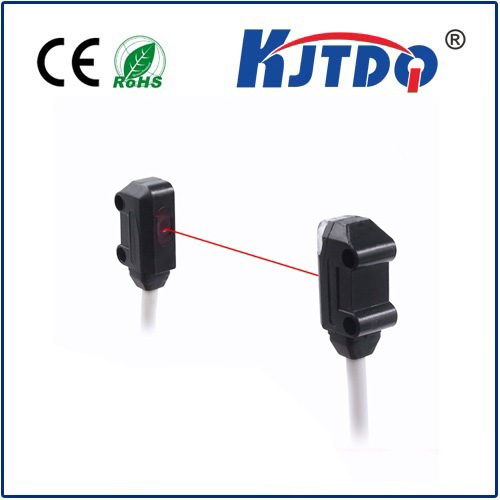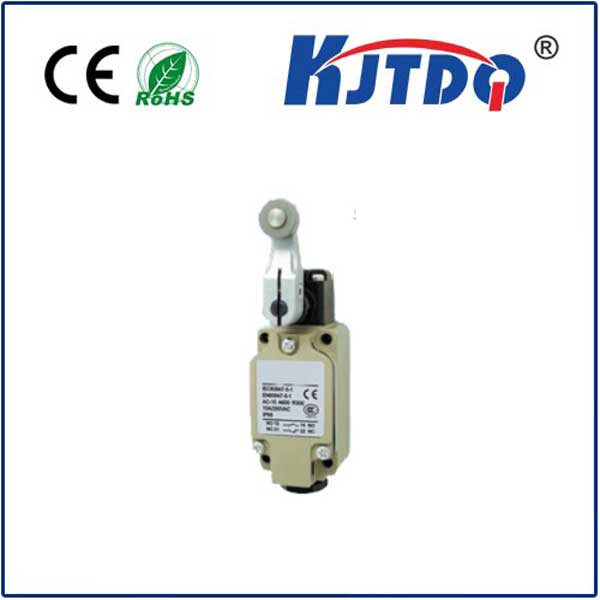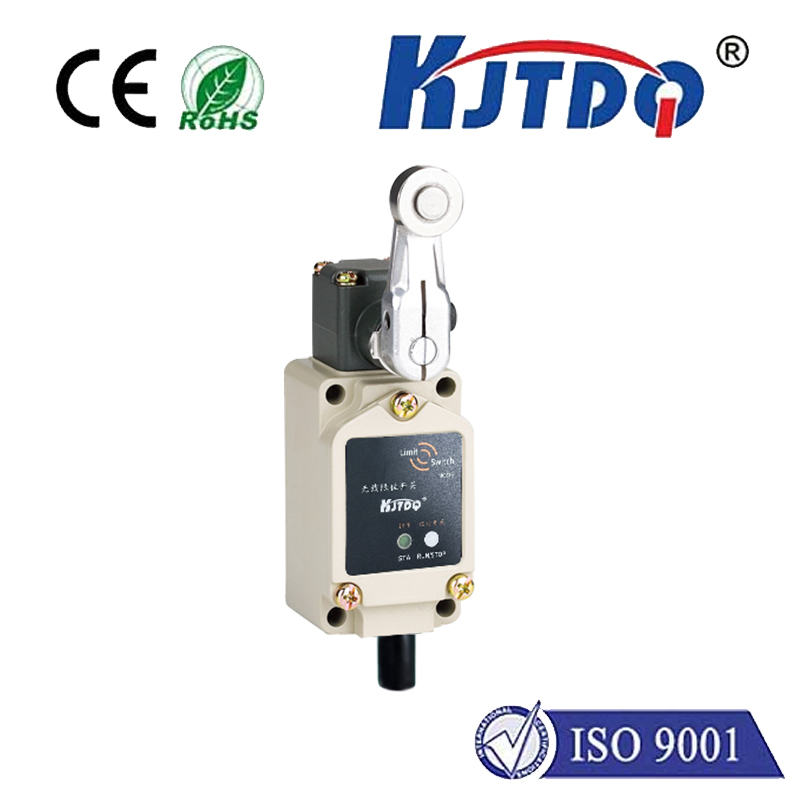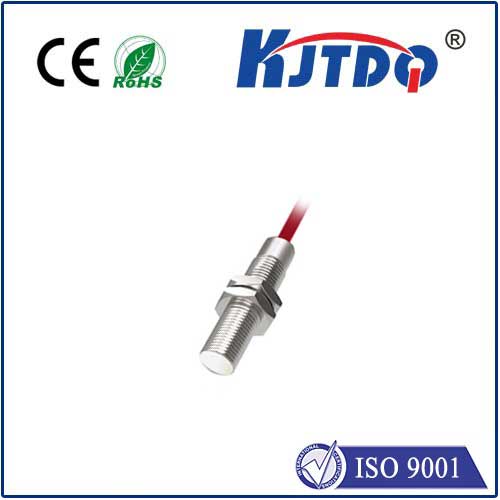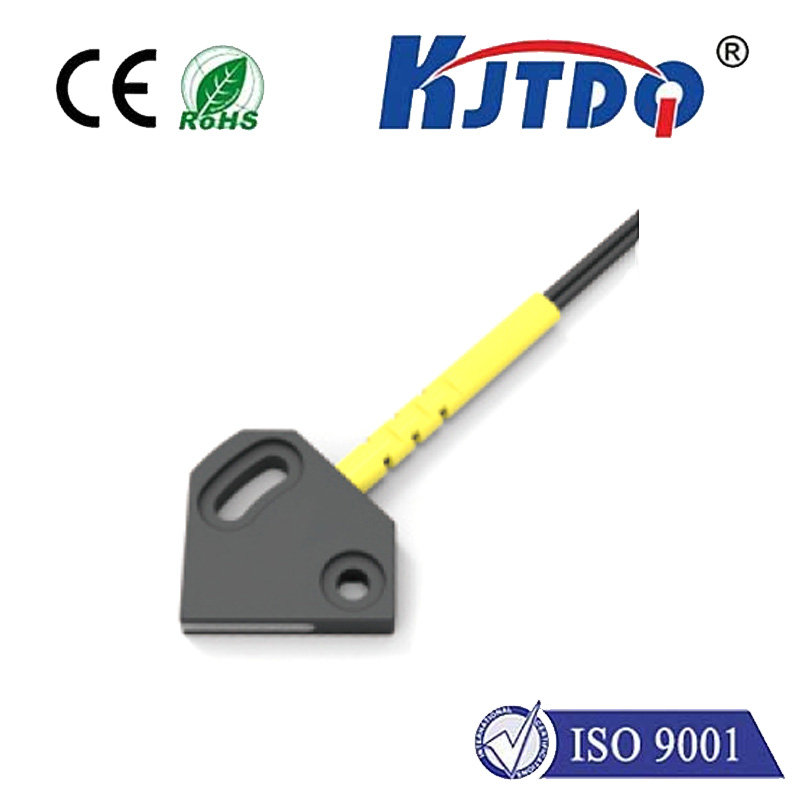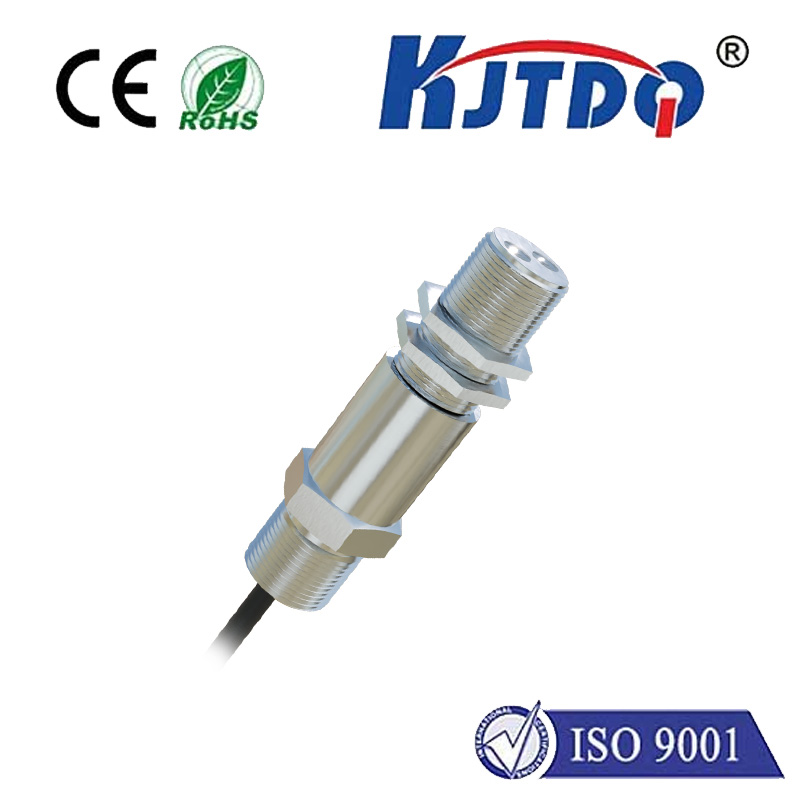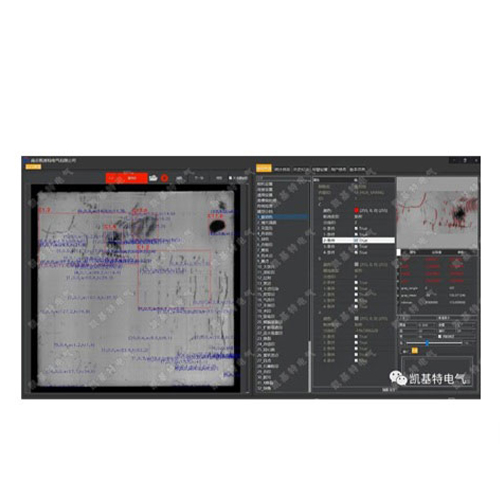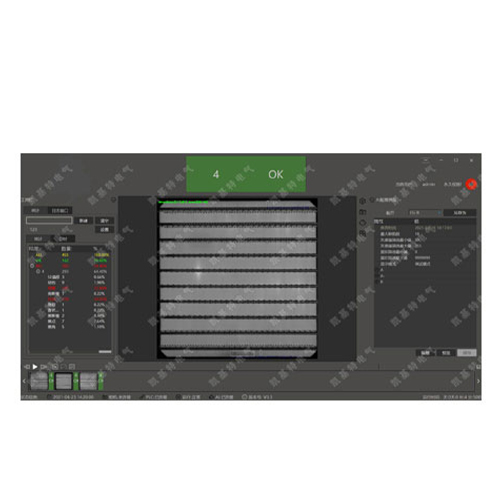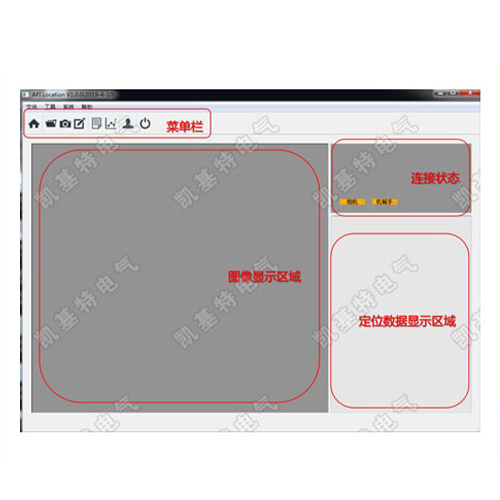Фотодатчик подавления фона
- time:2025-07-28 09:02:44
- Нажмите:0
Unlocking Reliable Detection: The Power of Background Suppression Photoelectric Sensors
Imagine a manufacturing line where packages of varying heights move rapidly on a conveyor. A standard photoelectric sensor needs to detect each box reliably. Yet, what happens when the uneven warehouse wall behind the conveyor causes false triggers? Or when a shiny bracket behind a component reflects just enough light to confuse a sensor? This frustrating scenario, known as background interference, is precisely where Background Suppression Photoelectric Sensors shine. These sophisticated devices aren’t just another sensor; they are intelligent detection solutions designed to ignore background objects, focusing solely on the target within their critical zone. Understanding their unique principle and advantages is key to solving complex automation challenges.
Unlike conventional diffuse sensors, which measure the total amount of light reflected back to the receiver, background suppression sensors (often abbreviated as BGS or BOS) rely on the triangulation principle to determine object distance. Here’s the core mechanism:
- Targeted Emission: The sensor emits a focused beam of light (usually visible red or laser) towards the intended detection area.
- Reflection Reception: Any object within the sensor’s field of view reflects this light.
- Reception Angle Discrimination: Crucially, the receiver inside the sensor isn’t placed directly opposite the emitter. Instead, it’s positioned at an angle. This creates a specific geometric configuration.
- Distance Decoding: Light reflected from objects at different distances strikes the receiver at differing points (e.g., position-sensitive receivers like PSDs or lens systems focusing on different receiver elements). The sensor’s internal processor analyzes this impact spot.
- Suppression Threshold: You can teach the sensor which distance range is relevant – the detection window. Anything beyond this defined focal plane (i.e., the background) activates the background suppression logic and is deliberately ignored, regardless of color, reflectivity, or texture. Only objects positioned within the preset range trigger the output.
The Tangible Advantages: Why BGS Sensors Excel
This ingenious method offers distinct benefits that solve headaches in countless industrial settings:

- Immunity to Background Interference: This is the primary superpower. Background suppression sensors effectively nullify false signals caused by anything behind the target object – distant walls, machinery frames, pallets, or other products on a conveyor line. Their operation is robust in cluttered environments.
- Reliable Detection of Dark or Low-Contrast Objects: Standard diffuse sensors struggle with black or matte objects that absorb light. Because BGS sensors judge distance, not brightness, they reliably detect objects even if they reflect very little light, as long as they enter the suppression zone. Contrast thresholds become less critical.
- Highly Consistent Switching Point: The switching point (the exact distance where detection occurs) is remarkably stable. It is minimally affected by the target object’s color, surface texture, or degree of shine/reflectivity. This leads to superior process reliability and reduced calibration needs.
- Precise Object Positioning: By defining a very specific detection window, BGS sensors can detect objects at extremely precise distances. This capability is invaluable for applications like precise counting, height verification, or detecting the presence of objects in a tightly defined location.
- Fixed or Adjustable Ranges: Options abound! Fixed-field models have a non-adjustable suppression zone, ideal for stable processes. Adjustable-field models offer incredible flexibility, allowing technicians to fine-tune the detection window on-site using potentiometers or teach-in functions to match the application perfectly, acting like a configurable focal point selector.
Ideal Applications: Where Background Suppression Shines
The unique capabilities of background suppression photoelectric sensors make them indispensable in numerous scenarios:
- Conveyor Systems: Detecting packages, boxes, or products of varying heights and colors, ignoring the background structure or items on subsequent conveyor levels.
- Packaging Machinery: Verifying presence of specific components inside a package (e.g., a bottle cap within the neck) or controlling flap folding sequences.
- Automotive Assembly: Precision part positioning checks, verifying component presence before welding or assembly steps, especially where metal backgrounds or jigs create interference.
- Palletizing & Depalletizing: Detecting the presence or absence of layers on a pallet, distinguishing between the top layer and the pallet structure or layers below.
- Small Object Detection: Accurately sensing tiny electronic components, pharmaceutical vials, or small mechanical parts, ignoring the fixture behind them.
- Robotic Guidance: Ensuring precise positioning for robotic arms performing pick-and-place operations in complex, cluttered workcells.
BGS vs. Other Technologies: Making the Right Choice
While powerful, it’s essential to understand where background suppression fits:
- Vs. Standard Diffuse Sensors: Diffuse sensors are simpler and often cheaper but are highly susceptible to background reflections and target color/reflectivity. Choose BGS when background interference or detection of dark/absorptive objects is an issue.
- Vs. Retro-Reflective Sensors: Retro-reflective sensors require a reflector opposite the sensor and can be blinded if obstructed or covered in dust. BGS sensors are self-contained for presence detection without reflectors.
- Vs. Through-Beam Sensors: Through-beam sensors offer the longest range and highest reliability but require precise alignment of separate emitter and receiver units. BGS is a single-unit solution ideal for shorter ranges where mounting a receiver opposite isn’t feasible.
Key Considerations for Implementation
For optimal performance with background suppression photoelectric sensors, keep these factors in mind:
- Range Setting (Adjustable Models): Accurately setting the suppression distance is vital. Follow the manufacturer’s teach-in procedure diligently.
- Object Characteristics: While less sensitive to color/shine, extremely shiny objects within the suppression zone can sometimes cause issues by reflecting light directly back to the emitter position. Test your specific target.
- Sensor Angle: The sensors rely on triangulation geometry. Mounting them significantly off-axis to the target path can reduce effectiveness. Ensure the sensing beam is perpendicular to the object path where possible.
- Environmental Factors: Like all optical sensors, excessive dust, fog, steam, or intense ambient light can impair performance. Choose sensors designed for harsh industrial environments (IP67/IP69K ratings) and potentially add protective housings or air curtains if necessary.
Заключение
Background suppression photoelectric sensors represent a significant leap forward in solving the persistent problem of false detection caused by background objects. By leveraging the triangulation principle and focusing on object distance rather than just reflected intensity, they deliver unparalleled reliability in challenging applications where standard sensors fall short. From ensuring precise object positioning on high-speed lines to reliably detecting low-contrast components, their ability to ignore interference makes them a cornerstone technology for robust industrial automation. When consistent, interference-free detection is non-negotiable, understanding and leveraging the power of BGS technology is key to optimizing performance and minimizing costly downtime.

